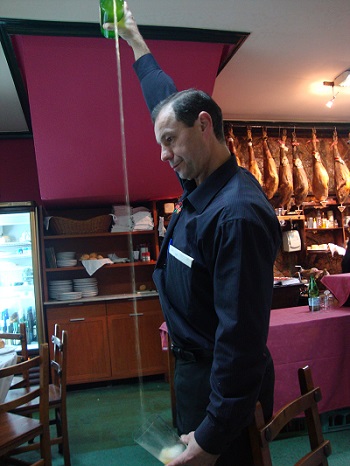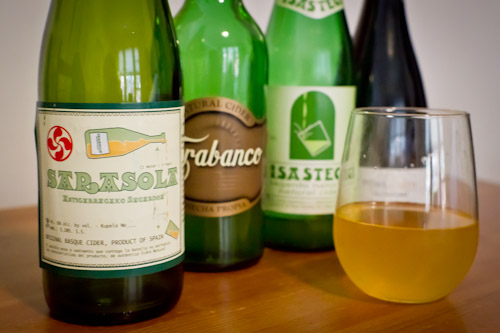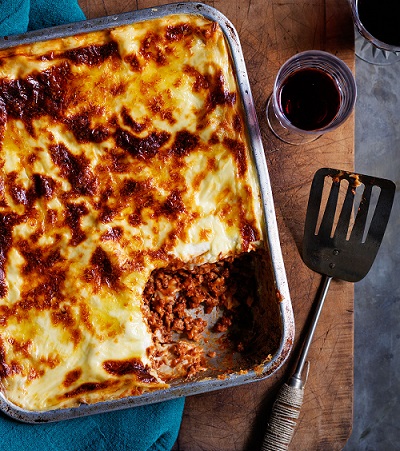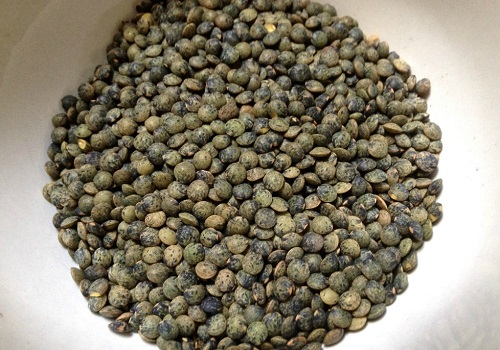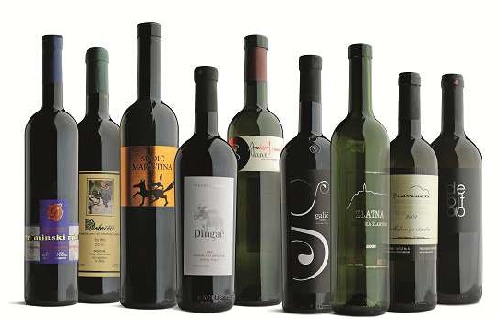Here is a little about sidra the cider of Asturias, Spain…..
“The Asturians have a drink they call zythos which is made from fermented apple juice”, so wrote the Greek geographer Strabo in the first century B.C. Even the Celts had cultivated applies in this northwest region of Spain to make this intoxicating cider. By the mid-18th century there were around 250 apple presses which produced around 4.5 million litres of juice a year, a large amount of which was fermented into cider. Today the legendary zythos is called sidra and is the regional drink of Asturias.
On the Atlantic coast of northern Spain, there are over 30 varieties of apple grown, some of which are marketed as eating apples, as only some varieties are suitable for the making of sidra. Small, sour varieties of crab apple give the cider its freshness while sweet and bitter varieties produce its slight variations in taste. The skill of the cellarman comes in the choice of a well-balanced mix of apple varieties.
In the farmer’s press the fruit is first washed and chopped up, then softened in water and finally pressed. The solid residue is fed to the cattle. The apple must is fermented in chestnut barrels until its alcohol content is about 5 percent. Throughout the winter before the sidra is bottled, friends and neighbours get together for the first tastings (espichas), where everyone tries the cider straight from the barrel. It is accompanied by strong Cabrales cheese, ham, sausage, and bread. The process of decanting the dicer into dark green bottles of thick glass does not begin until February or March.
The Asturians drink their sidra from large, rustic glasses, observing a very traditional ritual in its serving. The bartender grabs the bottle with a flourish, raises it with a twist of the arm above his head, and lets the sidra cascade from the bottle golden and foaming into the glass which he holds below. It is said that the cider develops its potential flavour only at the moment that it falls into the bottom of the glass. Usually only around 5cm are poured into the glass, after which the sidra is drunk immediately. Only a drop is left to rinse out the glass, and then the same glass is refilled and passed to the next member of the group.
There are two types of sidra: Sidra Natural is fermented by a natural process without any additives and is usually produced by small-scale operations. It has a pleasantly tart, sharpish flavour and is naturally cloudy with a strong bouquet. It should always be drunk young. Sidra gasificada (also sidra dulce or champanada) is the popular name given to industrially manufactured sidra, which has carbonic acid and varying amounts of sugar added and is then stabilised in high-grade steel tanks. This cider is usually significantly sweeter and has fewer subtle variations of flavour than sidra natural. It keeps longer than the natural version and is drunk less is Asturia itself than in other parts of the country.
Sidra is traditionally drunk with tapas and fabada, the Asturian bean stew, or with fish dishes, such as baked sardines or salt cod omelette. Even when eating the rule that the sidra must not be left standing in the glass still applies!!
